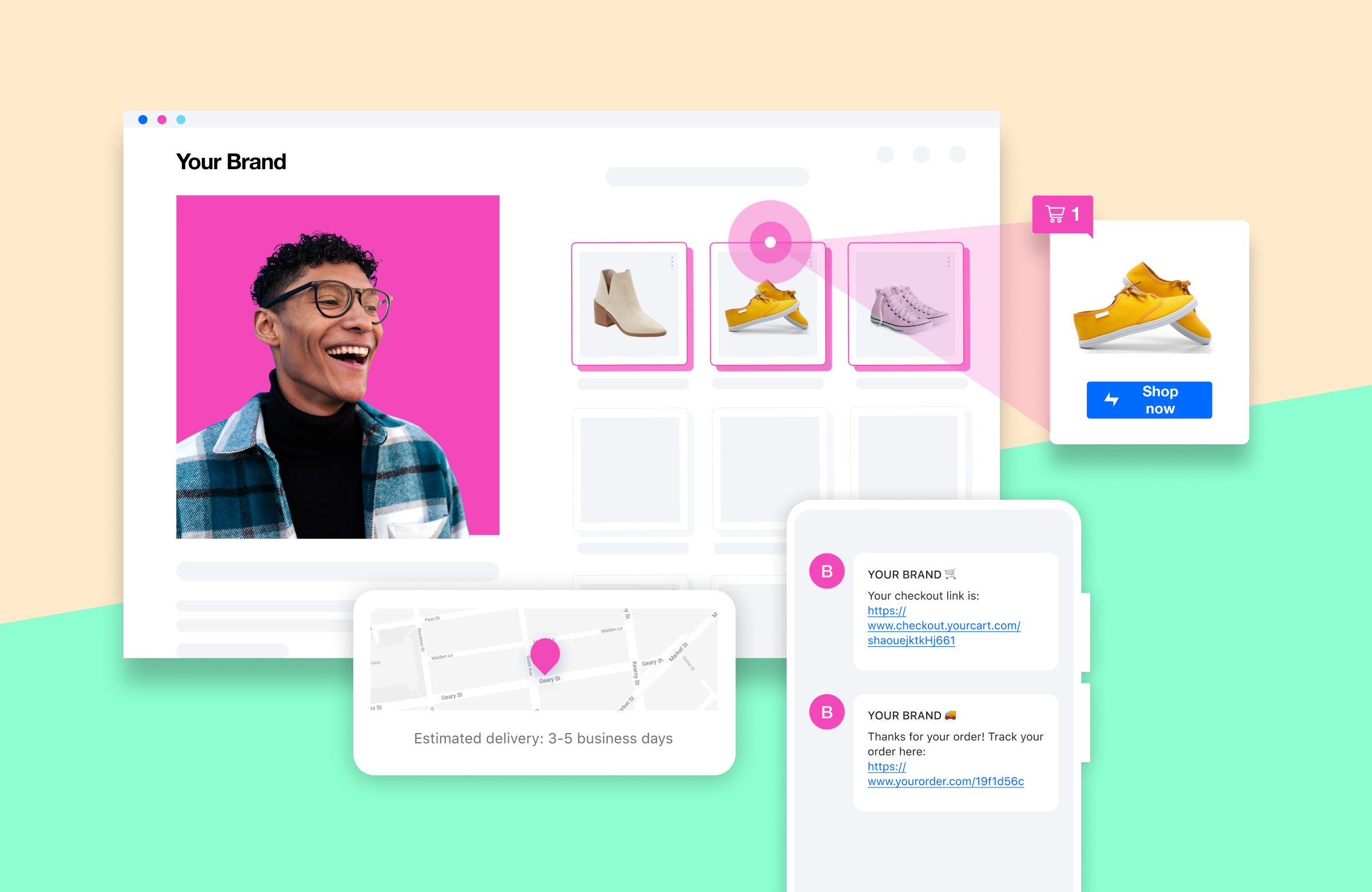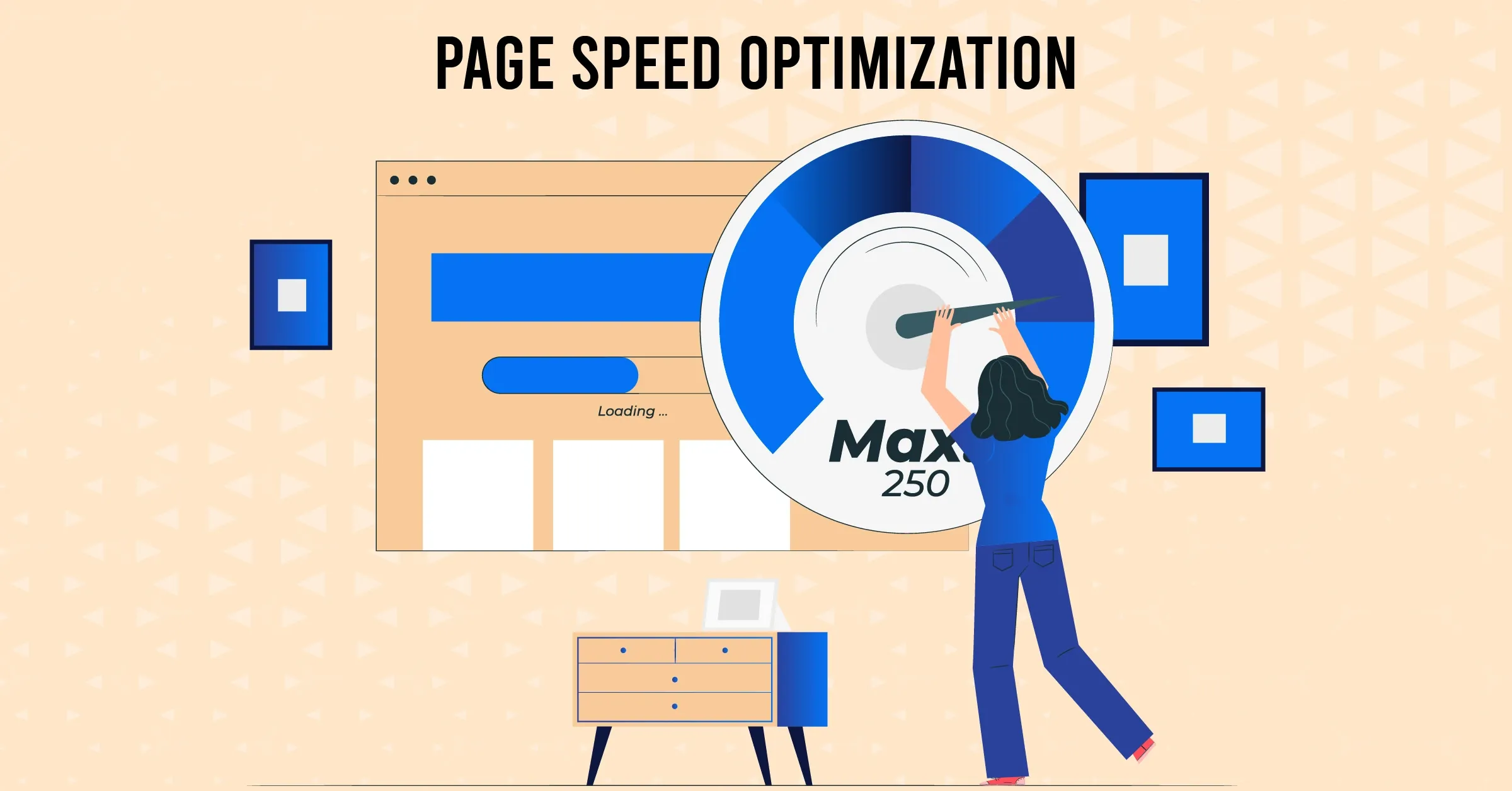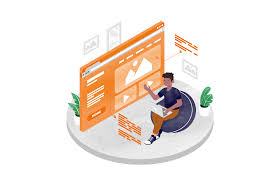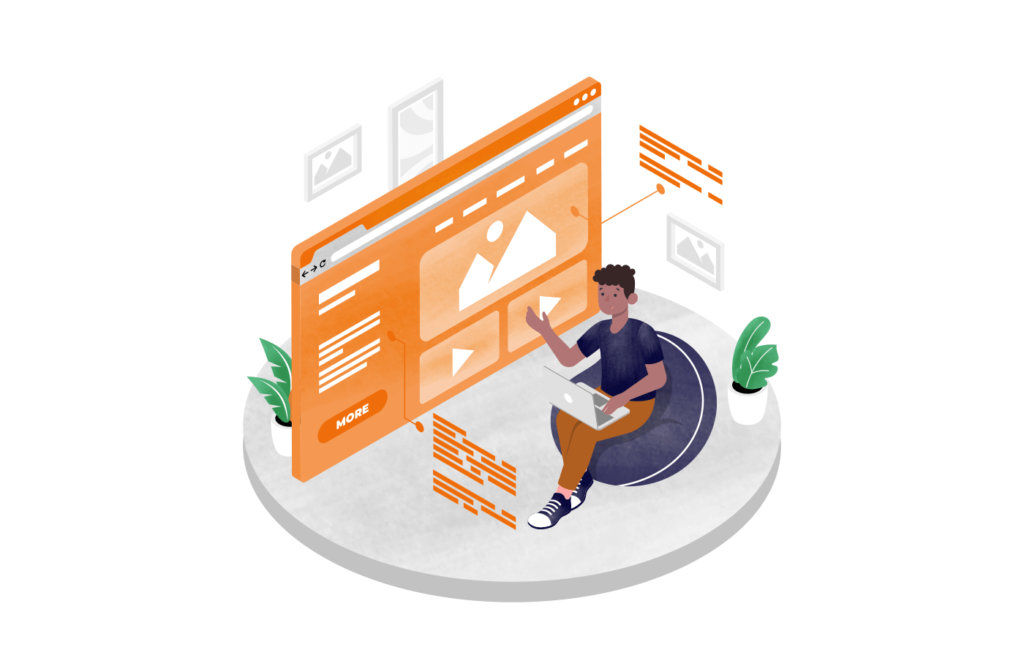In the competitive world of ecommerce, your landing page often serves as the critical first impression that can make or break a potential sale. Optimizing these pages for maximum conversions is not just a marketing strategy—it’s an art and a science combined. Whether you’re launching a new product or aiming to boost your existing sales, mastering the elements that drive visitors to take action is essential for sustained success. In this comprehensive guide, we’ll explore proven techniques and insider tips to help you design compelling, user-friendly landing pages that turn casual browsers into loyal customers and dramatically increase your conversion rates.
1. Understanding the Role of Landing Pages in Ecommerce
In the fast-paced world of ecommerce, landing pages play a crucial role in guiding visitors toward making a purchase or completing a desired action. Unlike general website pages, landing pages are specifically designed with a singular focus — to convert traffic into customers. When a potential buyer clicks on an ad, social media post, or search result, the landing page they arrive at serves as their first direct interaction with your product or offer. This moment is critical; a well-crafted landing page can capture attention, build trust, and clearly communicate value, all of which are essential for encouraging conversions. By understanding the strategic purpose of landing pages, ecommerce businesses can tailor their messaging, design, and calls-to-action to effectively meet their customers’ needs, ultimately driving higher sales and boosting overall success.

2. Key Elements of High-Converting Landing Pages
When it comes to mastering ecommerce success, optimizing your landing pages is crucial for turning visitors into customers. High-converting landing pages share several key elements that work together to capture attention, build trust, and drive action. First and foremost, a clear and compelling headline is essential—it should immediately communicate the value proposition and grab the visitor’s interest. Supporting this, concise and benefit-focused copy helps to highlight why your product or offer is the best choice, addressing potential pain points and appealing to your target audience’s needs.
Visual elements play a significant role as well. High-quality images or videos showcasing your product in use can help visitors visualize ownership and boost engagement. Additionally, incorporating strong and prominent call-to-action (CTA) buttons guides users towards the next step, whether it’s making a purchase, signing up, or requesting more information. These CTAs should stand out visually and use action-oriented language to encourage clicks.
Trust signals are another vital component of high-converting landing pages. Customer testimonials, reviews, security badges, and money-back guarantees help alleviate any hesitations and build credibility. Finally, ensuring your landing page is fast-loading, mobile-friendly, and easy to navigate makes the user experience seamless, reducing bounce rates and improving conversions. By integrating these key elements thoughtfully, you set the stage for landing pages that not only attract visitors but also convert them into loyal customers.
3. Crafting Compelling Headlines and Calls to Action
Crafting compelling headlines and calls to action (CTAs) is a crucial step in optimizing your ecommerce landing pages for maximum conversions. Your headline is the very first thing visitors see, and it needs to grab their attention instantly while clearly communicating the value of your product or offer. A strong headline is concise, benefit-driven, and tailored to address your target audience’s needs or pain points. Use powerful words and actionable language that evoke curiosity or urgency to encourage visitors to stay and explore further.
Equally important are your calls to action—the buttons or links that guide visitors toward the next step, whether it’s making a purchase, signing up for a newsletter, or downloading a resource. Effective CTAs should stand out visually on the page and use persuasive language that creates a sense of immediacy, such as “Buy Now,” “Get Your Discount Today,” or “Start Your Free Trial.” Testing different headlines and CTAs through A/B experiments can help you discover what resonates best with your audience, ultimately driving higher engagement and boosting your conversion rates. Remember, a compelling headline paired with a clear, motivating CTA can transform casual visitors into loyal customers.
4. Leveraging Visuals and User Experience Design
In the world of ecommerce, captivating your visitors’ attention and guiding them seamlessly toward making a purchase is crucial—and this is where visuals and user experience (UX) design play a pivotal role. Leveraging high-quality, relevant visuals such as product images, videos, and infographics can instantly convey the value and benefits of your offerings, making your landing pages more engaging and trustworthy. Crisp, clear images from multiple angles, along with demonstration videos, help potential customers better understand the product, reducing hesitation and boosting confidence.
Beyond visuals, intuitive UX design ensures that your landing page is easy to navigate, loads quickly, and is optimized for all devices. Clean layouts with ample white space, strategically placed call-to-action buttons, and concise, persuasive copy work together to create a frictionless journey from interest to conversion. Additionally, incorporating elements like trust badges, customer reviews, and clear pricing information further enhances credibility and transparency. By meticulously combining compelling visuals with thoughtful UX design, you not only capture your audience’s attention but also foster a smooth, enjoyable shopping experience that significantly increases the likelihood of turning visitors into loyal customers.
5. A/B Testing and Analyzing Landing Page Performance
A/B testing is a crucial strategy in optimizing your ecommerce landing pages for maximum conversions. By creating two or more variations of a landing page—each with slight differences such as headlines, call-to-action buttons, images, or layout—you can directly compare their performance to understand what resonates best with your audience. This data-driven approach eliminates guesswork and helps you make informed decisions to improve user experience and boost conversion rates. To get started, identify key elements you want to test, set clear goals like increasing click-through rates or reducing bounce rates, and use reliable A/B testing tools to run your experiments over a sufficient period. Once the test concludes, analyze metrics such as conversion rates, average session duration, and user engagement to determine the winning variation. Remember, continuous testing and refinement are essential—customer preferences and market trends evolve, so regularly analyzing your landing page performance ensures your ecommerce site stays optimized for success.
6. Integrating Trust Signals and Social Proof
Integrating trust signals and social proof into your ecommerce landing pages is a powerful strategy to boost credibility and encourage visitors to take action. Trust signals, such as security badges, money-back guarantees, and clear return policies, reassure potential customers that their information and purchase are safe. Displaying these elements prominently can alleviate common concerns around online shopping, making visitors feel more confident in completing their purchase.
Equally important is the use of social proof—testimonials, customer reviews, user ratings, and real-time purchase notifications—which provide authentic validation from previous buyers. When shoppers see that others have had positive experiences with your products or services, they are more likely to trust your brand and convert. Incorporating high-quality images or even short video testimonials can further enhance the impact of social proof. By thoughtfully combining these elements, you create a landing page environment that not only attracts visitors but also builds trust and drives higher conversion rates.
7. Personalizing Landing Page Content for Different Audiences
One of the most effective strategies to maximize conversions on your ecommerce landing pages is to personalize the content for different audiences. Personalization goes beyond simply inserting the visitor’s name; it involves tailoring the messaging, offers, and visuals to resonate with the specific needs, preferences, and behaviors of various customer segments. For example, first-time visitors may respond better to introductory offers and clear explanations of your unique value proposition, while returning customers might be more interested in exclusive discounts or product recommendations based on their past purchases. Using tools like customer data analysis and dynamic content delivery, you can create unique experiences that speak directly to these distinct groups. By addressing the particular pain points and motivations of each audience segment, personalized landing pages help build trust, increase engagement, and ultimately drive higher conversion rates. Remember, the more relevant and targeted your content feels, the more likely visitors are to take the desired action—whether that’s making a purchase, signing up for a newsletter, or requesting more information.
8. Optimizing Page Load Speed and Mobile Responsiveness
In today’s fast-paced digital world, optimizing your landing page’s load speed and ensuring mobile responsiveness are crucial factors that directly impact your ecommerce success. A slow-loading page can frustrate visitors, leading to higher bounce rates and lost sales opportunities. Studies show that even a one-second delay in page load time can significantly decrease conversions. To prevent this, focus on minimizing image sizes without compromising quality, leveraging browser caching, and utilizing content delivery networks (CDNs) to deliver your content quickly across the globe.
Equally important is making sure your landing page offers a seamless experience on mobile devices. With the majority of online shoppers browsing and purchasing via smartphones and tablets, a mobile-responsive design is no longer optional—it’s a necessity. Responsive layouts adjust fluidly to different screen sizes, ensuring that buttons, forms, and images are easy to navigate and interact with on any device. By prioritizing fast load times and mobile responsiveness, you not only improve user experience but also boost your search engine rankings, ultimately driving higher engagement and conversions on your ecommerce landing pages.

If you found this article helpful and need help with your website conversions, contact us for a FREE CRO Audit




